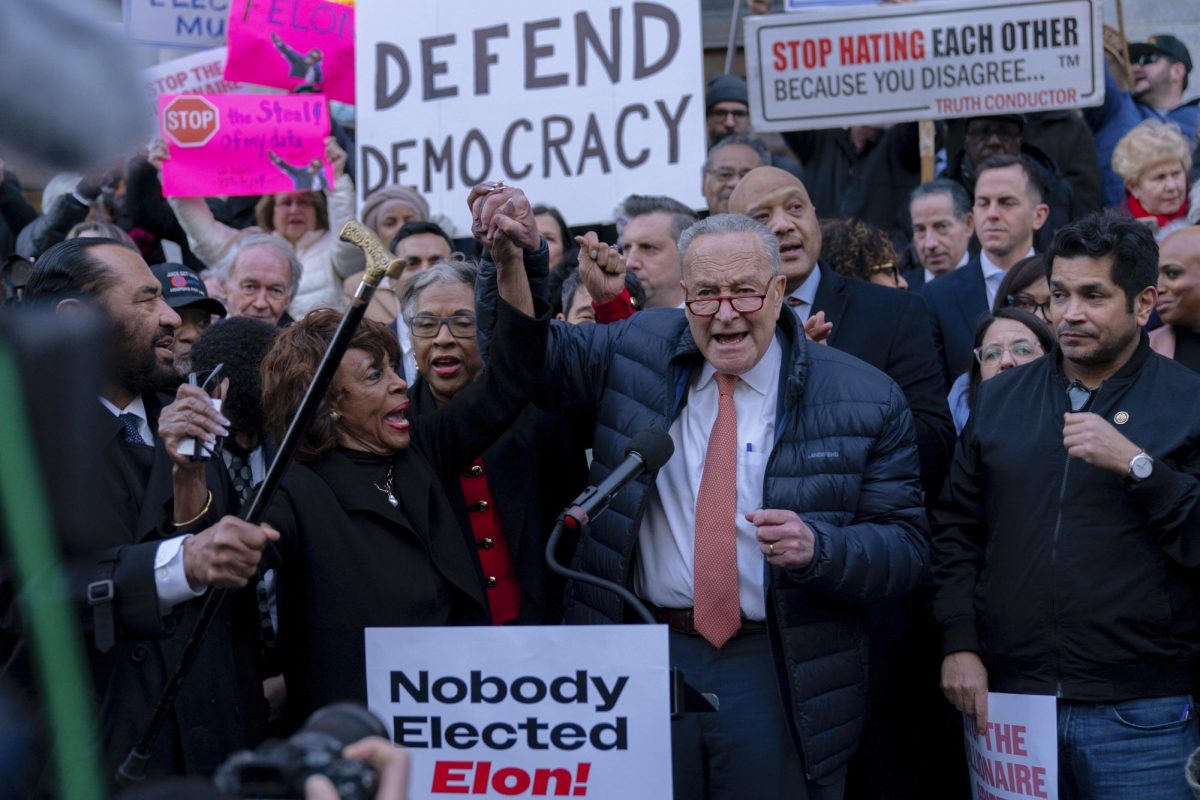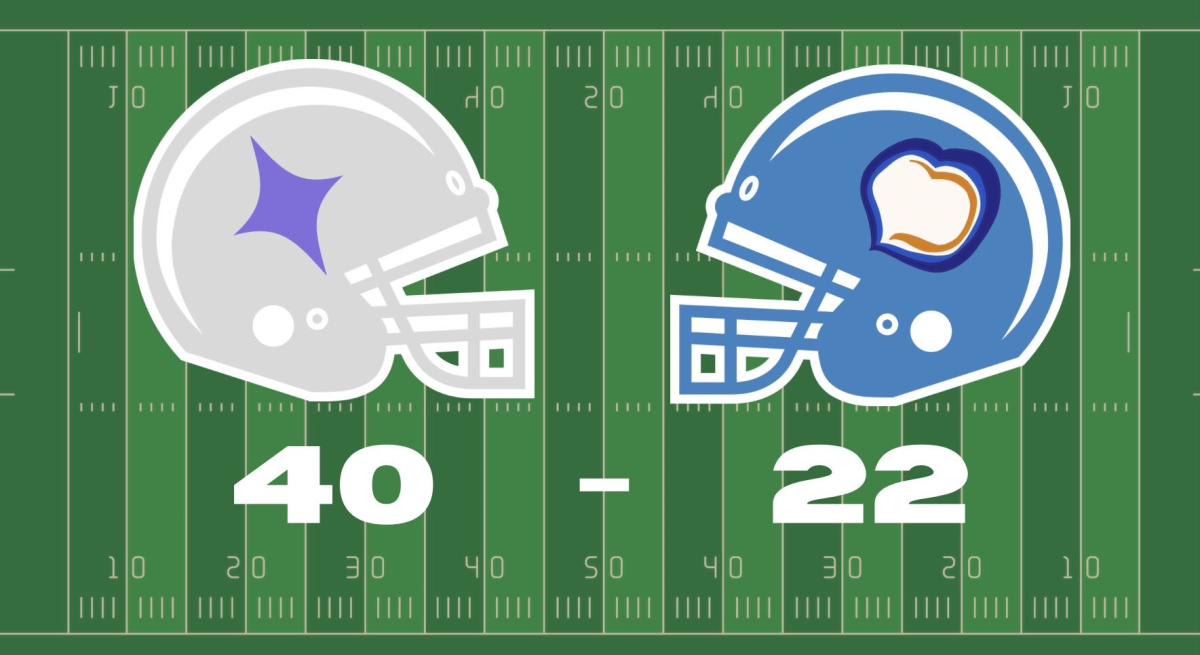Death to Mandatory PE
April 23, 2021
The state of Illinois has required physical education instruction for over 60 years now to combat the growing problem of childhood obesity. Childhood obesity has not slowed down, and it is now more apparent than ever that PE requirements are an ineffective, costly solution to a systemic problem beyond the control of schools.
The goal of PE is simple: have students participate in physical activity for a set amount of time to reduce obesity and boost the physical and mental health of students. Tragically, it has done none of these things while robbing precious time that could be spent in a more meaningful way.
Many studies have concluded that PE requirements have had negligible or nonexistent impacts on childhood obesity rates; the National Survey of Children’s Health found that mandatory PE had no effect on boys’ obesity rate and a miniscule effect on girls’ obesity rate, according to The Atlantic.
Not only does PE fail to accomplish its goal of improving student health, it gets in the way of school’s sole purpose: learning. Time spent on ineffective PE could be spent on more meaningful health education, showing children how important healthy eating and regular exercise are and potentially changing how they eat and exercise for the better.
Monetary expenses are another way that required PE obstructs learning. When school districts are forced to supply PE curriculums to their students, they are directing essential money and resources towards meaningless programs. This money could be used to improve what’s actually important to the success of students.
What’s worse, the nature of PE can often damage the mental health and school attendance of students. According to The Atlantic, a recent study analyzing the impacts of Texas’ Fitness Now program shows that the program was directly correlated to growths in poor discipline and absence rates.
This is largely due to the environments of most PE programs. It is much easier for students to get away with bullying others for being overweight or unathletic in unsupervised locker rooms or out in an open soccer field. If students are bullied during PE or simply don’t enjoy it, they’re less likely to like going to school and may decide to not go altogether.
At Edwardsville High School, I can’t recall any positive experiences with PE. I spent half of the period in the toxic, unsupervised locker room where students vape, throw trash, vandalize lockers and tease other students; the rest was a sorry excuse for exercise that could never have any effect on the health of EHS students, such as walking around the track for less than 10 minutes. I could have spent that time getting more sleep, exercising on my own or simply relaxing, all of which would have been much better for my health.
Local governments shouldn’t act as if the key to fighting childhood obesity lies is in the power of the school districts. School should teach kids the skills they need to succeed while lawmakers should focus on attacking this complicated issue at its core, away from the high school basketball court.











